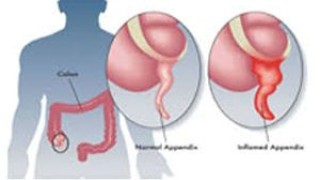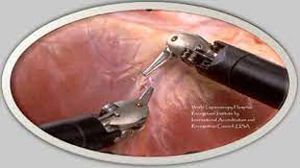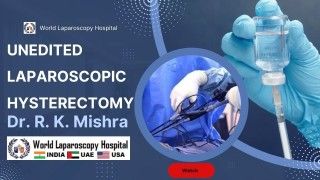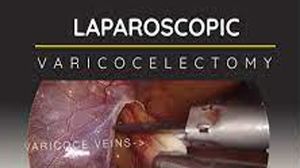Surgery of Laparoscopic Omentalbiopsy
Add to
Share
335 views
Report
2 months ago
Description
Laparoscopic omental biopsy is a minimally invasive surgical procedure used to obtain a tissue sample from the omentum—the fatty layer covering the abdominal organs—for diagnostic evaluation. This procedure helps in diagnosing conditions such as infections, cancers, or inflammatory diseases affecting the peritoneum or omentum. Indications Laparoscopic omental biopsy is usually recommended in the following scenarios: Unexplained ascites (fluid accumulation in the abdomen) where malignancy or tuberculosis is suspected. Suspected metastatic disease in the peritoneum or omentum. Evaluation of diffuse abdominal pain with imaging suggestive of omental pathology. Staging of intra-abdominal cancers like ovarian, gastrointestinal, or pancreatic malignancies. Preoperative Preparation Before the surgery, patients undergo a thorough evaluation including: Blood tests to check clotting profile and overall health. Imaging studies such as ultrasound or CT scan to localize the area of interest. Anesthesia assessment, as the procedure is performed under general anesthesia. Fasting for at least 6–8 hours before the procedure. Procedure Anesthesia: The patient is given general anesthesia to ensure comfort and immobility. Port Placement: Small incisions (usually 0.5–1 cm) are made in the abdominal wall for the insertion of laparoscopic instruments and a camera. Visualization: The abdominal cavity is inflated with carbon dioxide gas to create space for clear visualization. Omental Biopsy: The surgeon carefully identifies the omentum and selects an area for biopsy. A small piece of tissue is excised using laparoscopic scissors or energy devices. Hemostasis: Bleeding is controlled using cautery or clips. Specimen Retrieval: The tissue sample is retrieved through one of the small incisions using a retrieval bag. Closure: The instruments are removed, the gas is released, and the small incisions are closed with sutures or adhesive strips. Advantages of Laparoscopic Omental Biopsy Minimally invasive with small incisions. Reduced postoperative pain compared to open surgery. Faster recovery and shorter hospital stay. Better visualization of the abdominal cavity, allowing assessment of other organs. Lower risk of wound infection and complications. Postoperative Care Patients are usually monitored for a few hours to overnight depending on the complexity. Mild pain at the incision sites is managed with medications. Early mobilization and gradual return to normal diet are encouraged. Results from the biopsy are usually available within a few days and guide further treatment. Risks and Complications Though generally safe, the procedure carries minimal risks including: Bleeding from the biopsy site. Infection at the incision site or within the abdomen. Injury to surrounding organs (rare). Adverse reaction to anesthesia. Conclusion: Laparoscopic omental biopsy is a safe, precise, and effective method to obtain tissue for diagnosis of abdominal and systemic diseases. Its minimally invasive nature allows faster recovery while providing valuable diagnostic information that can guide further medical or surgical treatment.
Similar Videos





